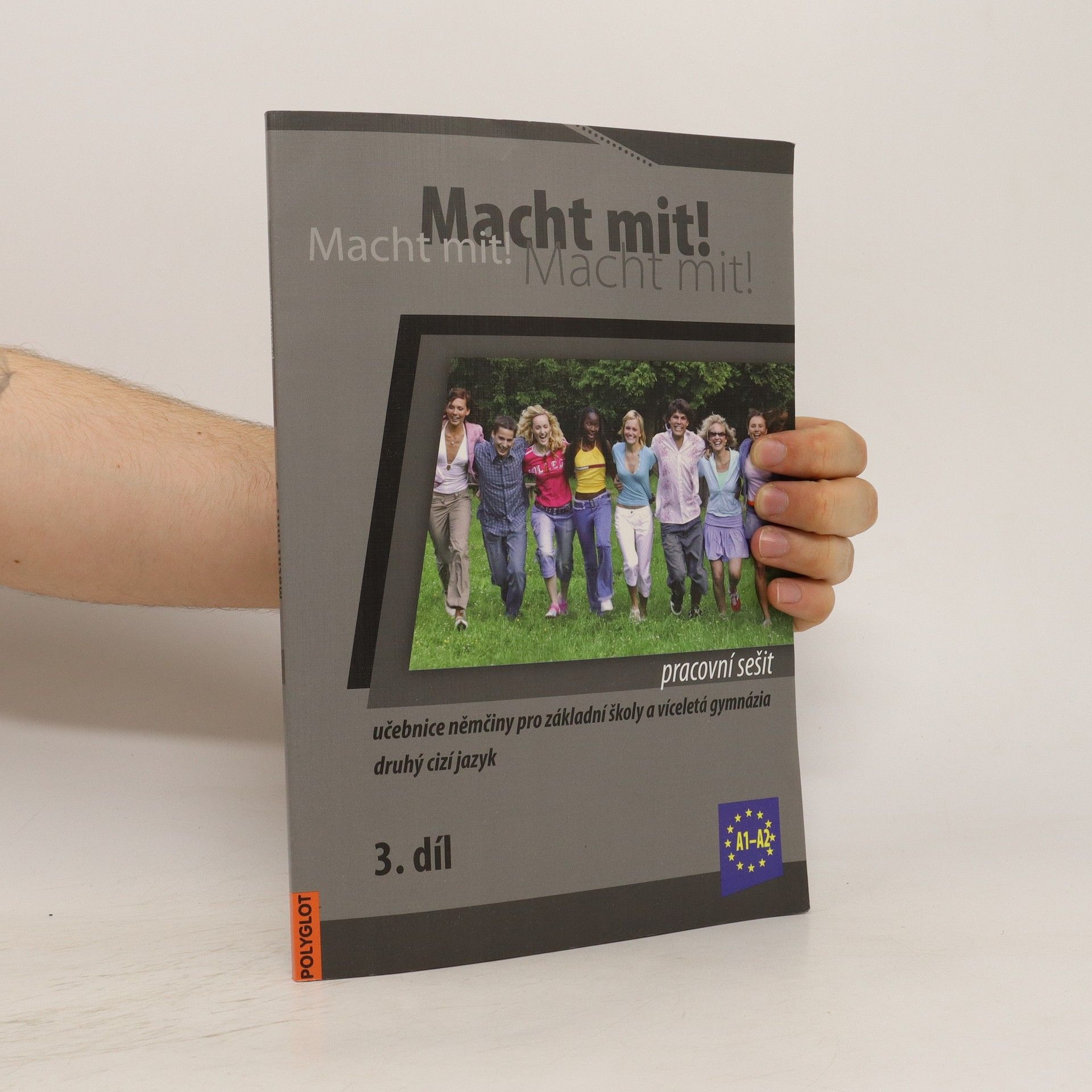Kostenrechnung in der Lean Produktion
Verschwendung ausweisen, Wertschöpfung ermitteln, Entscheidungen verbessern
- 227pages
- 8 heures de lecture
Die Lean Philosophie zielt darauf ab, Verschwendung in Prozessen zu minimieren und Effizienz zu steigern. Dieses Buch bietet praxisnahe Ansätze, um Verschwendung messbar zu machen und zeigt, wie eine geeignete Kostenrechnung die Lean-Methoden unterstützen kann. Es werden Strategien und Werkzeuge vorgestellt, die Unternehmen helfen, ihre Abläufe zu optimieren und gleichzeitig die Kosten im Blick zu behalten. Der Fokus liegt auf der Verbindung von Lean-Prinzipien und finanziellen Kennzahlen, um nachhaltige Verbesserungen zu erzielen.



